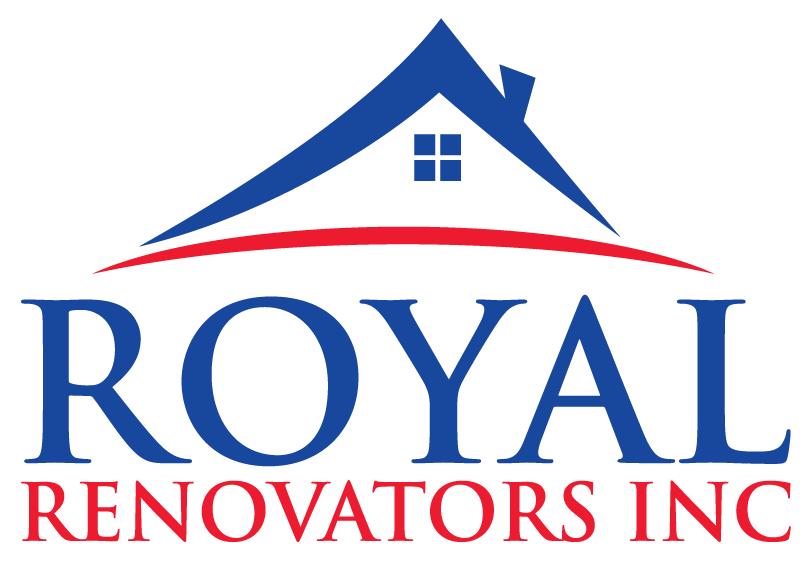Storms can wreak great havoc on a roofing system. Hail, strong winds, or even heavy rainfall can adversely affect the integrity of your roof.
We all love the feeling of having a roof over our heads. We so much depend on our roofs to protect us from the elements. Although she will always put up a strong fight, with time, it can give in to the constant pressure from elements like winds or hail.
Repairing Your Damaged Roof Shingles
So you noticed some leaks on your roof, and you’re hoping to land some easy steps to fix the problem by yourself. As a homeowner, you must acquaint yourself with some basic roof repair techniques. Knowing how to repair your roof shingles can save you some money and even resources as it stops the damage from getting worse. It is not uncommon for roofs to develop faults leading to urgent repairs, even without calling for a complete roof replacement. As noteworthy as it is to try venture into repairing it yourself, you must understand what you are getting yourself into.
Common Causes Of Damage To Roof Shingles
Before you run with the idea of repairing your damaged roof, you need to understand what explicitly caused or can lead to the so roof shingle damage or what makes the shingle to be easily blown away. Although shingles are prone to be blown off by several factors, be it as it may, storms are always the most common factor.
In roof installation, every minute detail counts. Things you may consider non-circumstantial, like placing a nail a little too high up on the shingle, can create a weak spot, making the shingles an easy prey to the obnoxious effects of wind.
And then, we have the action of algae, fungi, and pests. Once either of these organisms inhabits any area of your roof, they will feed on the organic base of the shingles. This will inadvertently culminate in the deterioration of the roofing shingle. Insects, when they feed on the wood, could propel the roofing nails to give up so easily to the pull of winds.
Shingles may damage or blow off as a result of prolonged exposure of the roofing system to the unfavorable elements. Good roofing materials can last over 20 years. But even the long-lasting material can be subdued by the effects of the elements with time. Above all, age can make your roofing system prone to the impact of a storm.
Identifying Roof Repair Areas
Before you move to “how can I repair my roof” or “what can I repair my roof with,” you need to be able to identify the problem areas. And guess what, that’s where the bulk of the work lies. Locating the particular area or spot where the roof damage is more pronounced could always prove exasperating.
Damage to your roof shingles, even when not much visible, will eventually compromise the functionality of your roof. If you fail to spot and tackle this problem promptly, it can blow to full-scale damage and ultimately culminate in the need for a total roof replacement.
If you think that a storm has compromised your roofing system, then you should; Look for visible water damage inside your home. Look for signs of water stains either on your ceilings or walls.
Look out for mildew growth in your home and signs of unwanted pests in your attic. The best signs of common roof damages are best observed from the building’s interior.
Look out for shingle blisters. Visible dents, otherwise, blisters on your shingles, peeling off of exterior paints around the gables and eaves, and even the siding is the best exterior evidence that you need when you cant easily spot any sign of damage in the inside of your home.
Check out for other signs of damage like curled or cracked shingles, missing shingles, and buckled shingles. Also, an increase in your energy bills can be a great pointer of potential damage to your roof shingle.
Materials For A DIY Roof Shingle Repair
To successfully run a DIY on your blown off or damaged roofing shingles, you need to arm yourself with the right tools. Some of the tools that will always come handy for the job include;
- Shingles (especially when you need to replace one, a bundle may be all you’ll need)
- Ladder
- Pry bar
- Hammer
- Galvanized roofing nails
- Waterproof roofing sealant
- Adhesive
- Utility knife
How To Repair Your Roof Shingles Damaged By A Storm
Suppose you’re able to identify the problem with your roof shingles, congratulations! You’re one step away from completing the repair job on your own.
Missing, buckled, cracked, or curl formation on your shingles are the common problems that wind can impact on your roofing shingles. Fixing any of these problems require similar, yet distinct steps. Once you’re able to identify the problem, following the specified steps below can see you done with the repair job in no time.
Steps To Replacing A Missing Or Damaged Shingle
Replacing damaged roofing shingles primarily involves removing the old or damaged ones before placing a new shingle. However, when placing the new shingle, you should be cautious not to displace existing shingles. You should also ensure that you don’t set a new shingle over an old nail as the nail can puncture your new shingle.
-
Get your shingles and tools ready
First thing first, get at least a bundle of matching shingles. And remember, a workman is as good as his tools.
-
Plan ahead
You need to map out a specific day and time to work on your shingles and stick to the schedule.
-
Remove nails or any remaining debris
If your shingle is damaged, you have to get rid of the nails. Using the pry bar, gently remove all the old nails. If the shingles are missing, remove all the debris or any lingering old nails.
-
Remove the shingle.
To remove the damaged shingle, gently pull it down the slope of the roof. If it gets stuck, check for any remaining nails. If you can’t find any, then carefully pry the next shingle.
-
Place your new shingle.
Carefully slide in your new shingle under the one above it. If the need arises, gently remove the shingle’s nails and the shingles above it. Then, put in your new shingle and fasten it with the roofing nails. Also, place the shingles above it back and carefully drive the nail back.
Steps To Repairing A Cracked Or Curled Shingles
If you’re facing a cracked shingle challenge that is yet to degenerate to having to go for a replacement, then you’re in luck. To fix this mild roof damage, you need to adhere to the following steps.
- Apply a bead of sealant to the underside of the crack
- Gently press it to the spot
- Apply another beam of sealant, this time, apply it along the top of the crack
- Spread the sealant in the shape of the shingle using the utility knife
- If there are any granules of worn off shingles, sprinkle it to the surface of the sealant.
If you have curled shingles, apply roofing adhesive to the underside of the curled shingle. Use a brick or apply pressure to keep it in place. The adhesive takes up to 24 hours to set.
As much as its highly a noble thing to take matters into your own hands and tackle your roof repair problems, it is also crucial that you try and stay safe while you do so. Always follow all the standard safety instructions and apply the best roof repair technique.
Risks Of DIY Roof Repair
Most of the time, we go solo on a project because we want to save money. However, things are not always as it seems. Sometimes, we end up getting ourselves deeper into the mess. There are so many things that can go wrong when you decide to fix your roof yourself. Aside from the risk of messing up the task, you may end up putting yourself in harm’s way. Things like climbing ladders or crawling on rooftops are a huge risk that one misstep can lead to a lifetime of regrets. A roofer near you is more trained and more prepared to handle any roof damage.
If fixing your roof may result in putting your health and home value on the line, best believe it was never much of a great idea.
Contact Royal Renovators For Your Roof Repair And Replacement
It won’t cost you much to leave the work to experts. Even if you decide to fly with the idea of DIY, it will save you a lot to contact an experienced roofing contractor to help you identify the exact problem.
Copyright Ⓒ 2022 Royal Renovators Inc. All Rights Reserved

